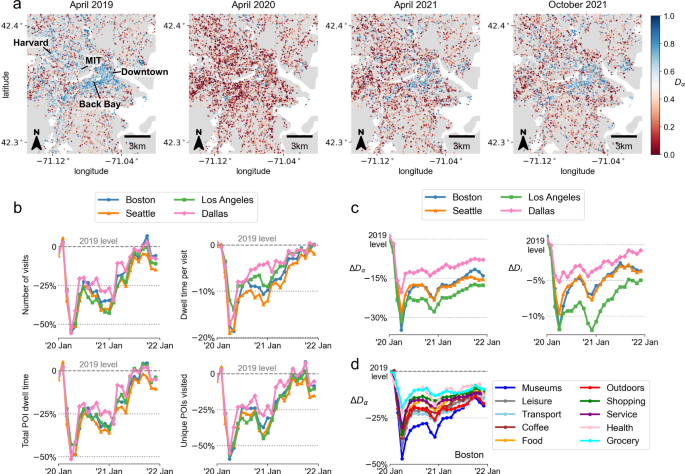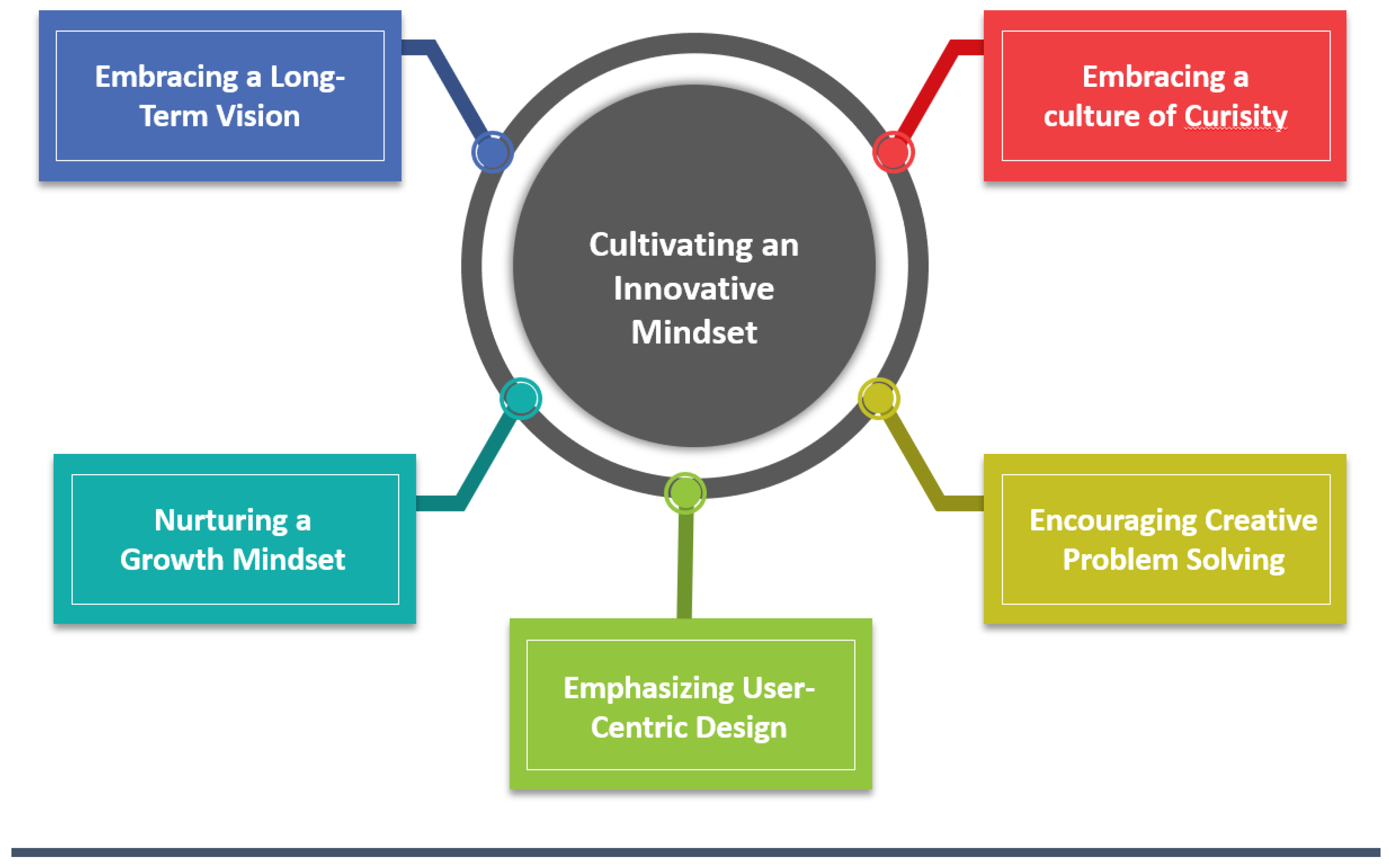What Web Browsing Data Tells Us About How AI Appears Online ...
The goal of this study is to better understand how, where and in what context Americans are encountering artificial intelligence as they browse the web. For this analysis, we purchased the March 2025 web browsing data of 900 U.S. adults. Each respondent is a member of KnowledgePanel Digital, an online survey panel whose respondents agree to install an app that tracks their online browsing behavior.
For each respondent, we received a list of all the URLs they visited using a web browser on a tracked device during the March 1-31, 2025, study period. For each of these approximately 2.5 million visits to 1.1 million unique URLs, we ran an automated script that retrieved the text a visitor to that URL might see, along with the page title and description.
Measuring AI Mentions on Webpages
First, we wanted to see how many of these URLs mention AI anywhere on the page. To do that, we checked if the page text included any on a long list of AI-related terms (refer to the Appendix for the full list of terms).
This is our broadest possible measure of whether a page mentions AI or offers some sort of AI functionality. It captures anything from a website for a generative AI tool like chatgpt.com, to a website with a single reference to AI on the page.
AI References and User Interaction
Additionally, we wanted to see how users interacted with AI-related content. Some examples might include searches for AI-related terms on a search engine or visits to websites for AI tools like chatbots or image generators.

Respondents tended to visit pages that describe AI using generic terms, brand names, marketing language, and product descriptions. The most common AI-related terms were broad references like “AI” or “artificial intelligence,” as well as specific product names like “ChatGPT” and “OpenAI.”
Findings from Web Browsing Data
Most respondents encountered at least some AI-related content during the month, with the vast majority visiting at least one page that mentioned AI. However, only a small share of respondents primarily focused on AI-related content.

Search engines played a significant role in AI encounters, with many users receiving AI-generated summaries in their search results. Similarly, visits to news websites often included passing mentions of AI, rather than in-depth discussions.
Demographic Patterns
Respondents across various demographic groups showed similar likelihoods of encountering AI-related content, with no major differences by age, educational attainment, or gender.
Conclusion
While this study provides valuable insights into how AI appears online based on web browsing data, it is important to note that it may not capture all AI references in daily life. The findings contribute to understanding how the public interacts with AI technology in online environments.




















